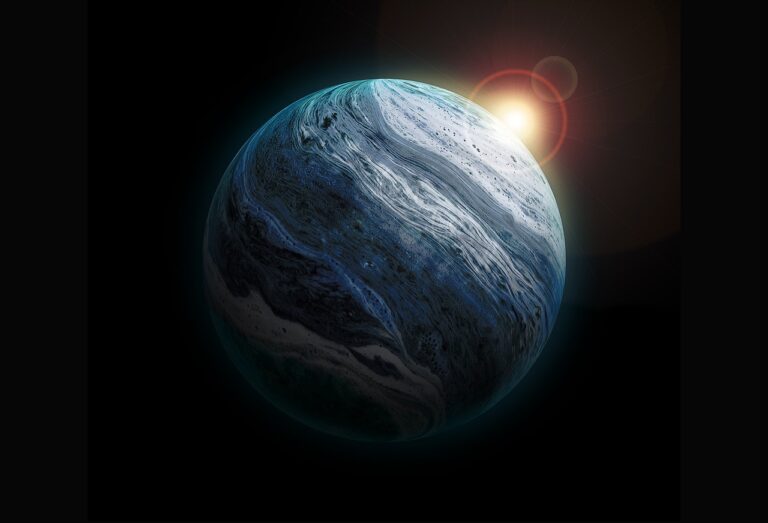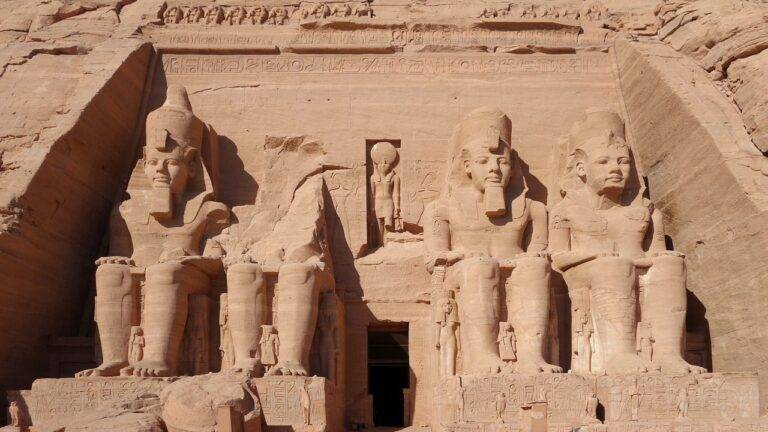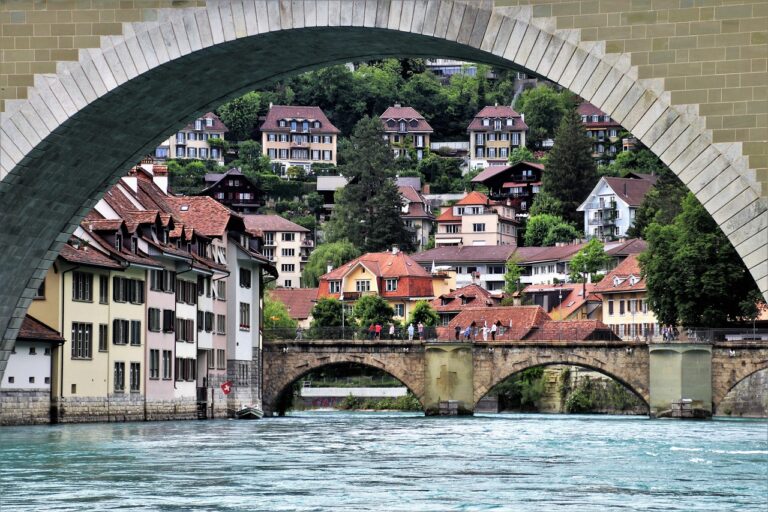The Fascination of Underwater Volcanoes: Exploring Submerged Geological Phenomena
Underwater volcanoes, also known as submarine volcanoes, are created through the process of volcanic activity beneath the ocean’s surface. These geological formations are typically found along mid-ocean ridges where tectonic plates are diverging. When magma rises from the Earth’s mantle through fissures in the oceanic crust, it erupts onto the seabed, gradually building up a volcanic structure.
The formation of underwater volcanoes is a dynamic and ongoing process, influenced by the movement of tectonic plates and the release of magma from the Earth’s interior. As lava flows and solidifies upon contact with the cold seawater, it shapes the topography of the ocean floor, creating underwater mountains and ridges. Over time, these volcanic structures can grow in size and complexity, altering the marine environment and providing habitats for unique ecosystems.
The Relationship Between Tectonic Plates and Underwater Volcanoes
Tectonic plates are large slabs of solid rock that float on the semi-fluid asthenosphere beneath them. These plates are constantly moving and interacting with each other, leading to geological phenomena such as earthquakes, mountain formation, and the creation of underwater volcanoes. The movement of these plates causes immense pressure and friction along their boundaries, resulting in volcanic activity deep beneath the ocean’s surface.
When two tectonic plates converge, one plate is forced beneath the other in a process known as subduction. This subduction zone is where many underwater volcanoes form as the descending plate melts due to the intense heat and pressure. The molten rock, or magma, rises to the surface, creating volcanic eruptions and the formation of new land. Understanding the complex relationship between tectonic plates and underwater volcanoes is essential for predicting geological events and comprehending the dynamic processes that shape the Earth’s surface.
How are underwater volcanoes formed?
Underwater volcanoes are formed when magma from the Earth’s mantle rises to the surface through cracks in the ocean floor, creating new land masses.
What role do tectonic plates play in the formation of underwater volcanoes?
Tectonic plates are large sections of the Earth’s crust that float on the semi-fluid mantle below. The movement of these plates can cause them to collide, pull apart, or slide past each other, creating opportunities for magma to rise to the surface and form underwater volcanoes.
Can underwater volcanoes cause tsunamis?
Yes, underwater volcanoes have the potential to cause tsunamis when they erupt violently and displace a large amount of water. The force of the eruption can create powerful waves that travel across the ocean and reach distant shorelines.
Are there any known underwater volcanoes that are currently active?
Yes, there are several known underwater volcanoes that are currently active, including Axial Seamount off the coast of Oregon and the White Island volcano in New Zealand.
How do scientists monitor underwater volcanoes?
Scientists use a variety of tools to monitor underwater volcanoes, including seismometers to detect earthquakes, hydrophones to listen for volcanic activity, and remotely operated vehicles (ROVs) to explore the ocean floor and collect samples.





